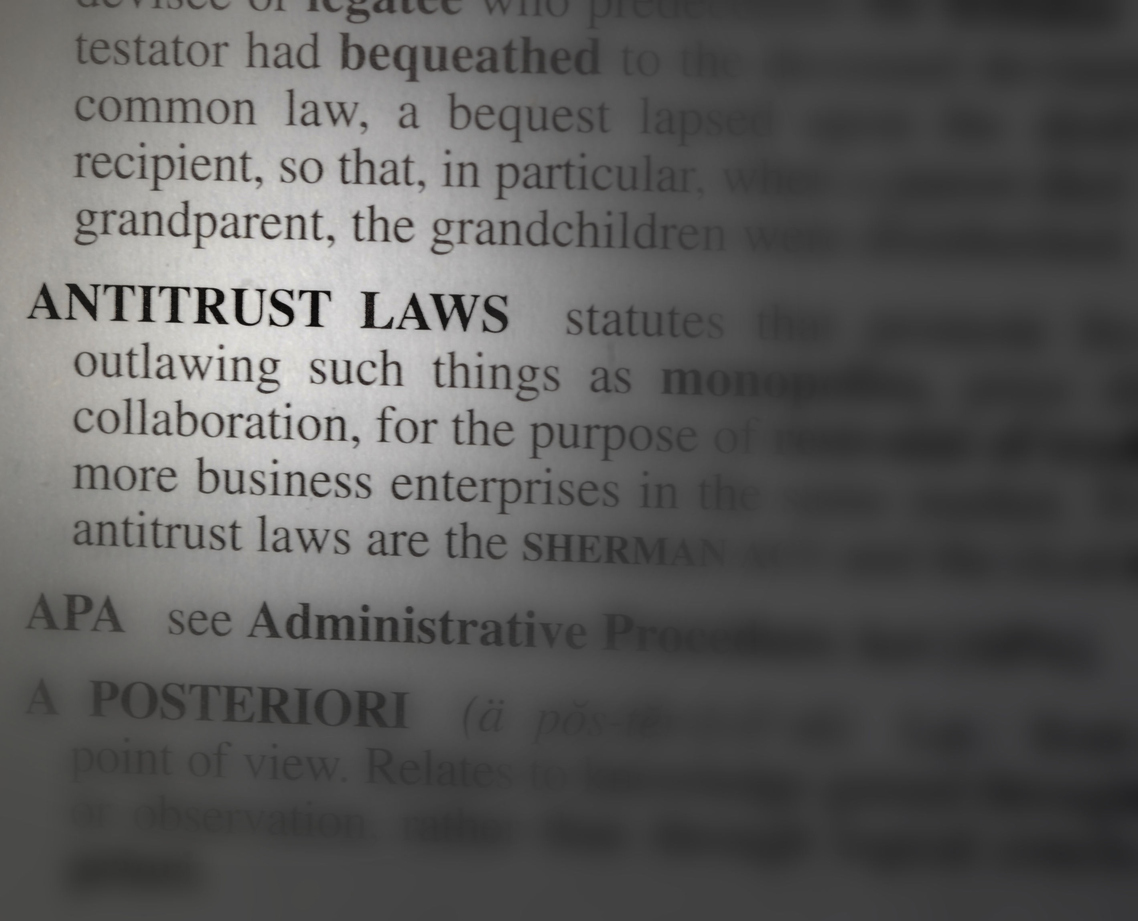The Rigsby sisters have now prevailed in the highest court of the land in their decade long fight against State Farm.1 The Rigsby sisters were catastrophe adjusters working for State Farm on Hurricane Katrina claims. I have noted this case for some time:
- The Insurance Adjuster’s Dilemma: Tell the Truth and Face the Consequences By Raising Claim Practice Misconduct
- State Farm Whistle-Blower Suit Regarding Altered Expert Reports Continues
- State Farm "Qui Tam" Hearing Raises Issues of Wrongful Adjustment
- Flood Adjustment Methods Discovered in Qui Tam Case
- Financial Pressures on Insurance Vendors and Experts
- State Farm Rigsby Qui Tam Matter is Ready for Trial
- State Farm Found Guilty of Fraudulent Claims Conduct in Rigsby Qui Tam Case
- Rigsby Sisters Beat State Farm Again and HAAG Qui Tam Settlement Disclosed
- Rigsby Sisters Win Qui Tam Appeal Regarding Fraudulent Handling of Katrina Flood Claims
State Farm argued the case should have been dismissed because the Rigsbys and their prior counsel publicly disclosed State Farm’s wrongful conduct too soon in violation of non-disclosure requirements of federal qui tam law. The U.S. Supreme Court disagreed and upheld the Fifth Circuit’s decision.
The Fifth Circuit had found in part that:
In this case, there was evidence that adjusters were effectively told to presume flood damage instead of wind damage. There was also evidence that State Farm knowingly violated W5054, concealed evidence of wind damage, and strong-armed an engineering firm to change its reports.2
So, while one part of this is finished, the case is not done. The matter will probably be remanded back to the district court to decide to what extent State Farm should be held liable for all the other wrongfully paid cases because the Fifth circuit also found in part:
The Rigsbys’ allegations and trial evidence—which extend far beyond the realm of the McIntosh claim—entitle them to at least some additional discovery. In their final pretrial order, the Rigsbys first describe a State Farm-planned adjuster meeting they attended shortly after Katrina during which “State Farm trainers told the adjusters that Hurricane Katrina was a ‘water storm’ and that all major damage to homes was caused by flooding.” They explain that State Farm directed its adjusters to pay policy limits under NFIP policies, and allege that “State Farm, through Alexis King and [State Farm principal FEMA contact] Juan Guevara, pushed the NFIP to relax its rules and requirements for adjusting flood claims.” Using the Xactotal shortcut software (rather than the Xactimate software, which would have provided a line-by-line, item-by-item adjustment), the Rigsbys allege that “State Farm adjusted multitudes of flood claims under NFIP policies in knowing and direct violation of one of the core NFIP adjusting requirements.” The Rigsbys assert that “[f]or the first time in adjusting a major hurricane, State Farm ordered engineers [to examine properties] for virtually all claims that involved flooding.” Finally, they allege, “King appropriated the McIntosh engineering reports and all of the other engineering reports coming into the Gulfport office and made sure that they all conformed with State Farm’s scheme to categorize all losses as caused by flooding rather than wind.” These allegations touch on matters well beyond the McIntosh claim.
But our analysis does not cease with those allegations. We cannot blind ourselves to the verdict in this case and the associated record developed at trial, at least in this distinctive setting. This case presents something exceptional that most (if not all) plaintiffs in FCA cases are unable to show when seeking discovery: a jury’s finding of a false claim and a false record. Coupled with the allegations in the final pretrial order, this “amounts to more than probable, nigh likely, circumstantial evidence” that additional false claims might have been submitted… At a minimum, the trial record supports a high probability that State Farm submitted more than one false claim.
Thought For The Day:
“It ain’t over ’til it’s over.”
—Yogi Berra
1 State Farm Fire and Cas. Co. v. U.S ex rel. Rigsby, No. 15-513, — S.Ct. —, 2016 WL 7078622 (Dec. 6, 2016).
2 U.S., ex rel., Rigsby v. State Farm Fire & Cas. Co., 794 F.3d 457, 468–69 (5th Cir. (Miss.) 2015).



